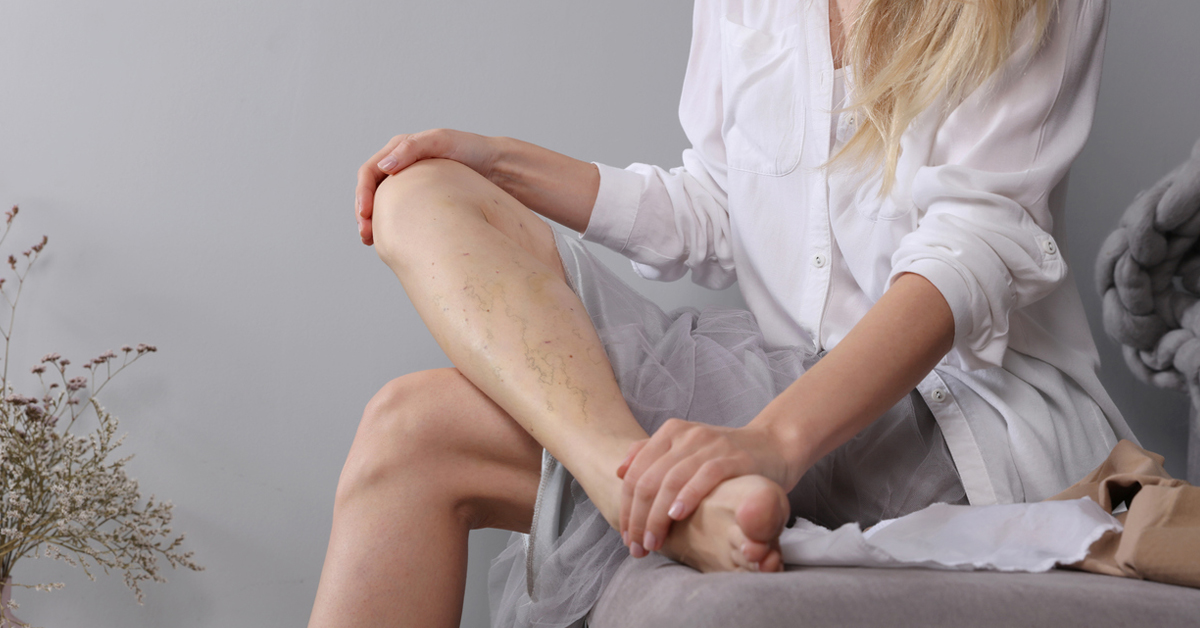Your body’s circulation system is responsible for things like controlling body temperature, fighting off disease, and delivering oxygen and nutrients to different parts of the body. When blood flow and circulation are compromised, you may start to experience symptoms of poor blood circulation.
Multiple conditions like diabetes, obesity and heart conditions can lead to poor blood circulation. But poor blood circulation is not a condition in itself; it is merely a symptom of other underlying health issues. Let’s take a look at the most common signs of poor blood circulation and its causes.
What are the Symptoms of Poor Blood Circulation?
Different medical conditions could lead to different types of poor blood circulation. For example, the most common places of circulation loss are the extremities like legs and arms. However, suppose poor circulation is caused by a condition like peripheral artery disease. In that case, it could result in erectile dysfunction in addition to the more common feeling of pain, numbness, and tingling. Here are the most common symptoms of poor blood circulation:
- Tingling
- Numbness
-
Pain
-
Muscle cramps
- Throbbing or stinging in the limbs
Causes of Poor Blood Circulation
Poor blood circulation is not a condition but rather an outcome of other health conditions. Here are the most common causes of poor blood circulation.
Blood Clots
Blood clots can develop almost anywhere in the body and stop or slow down blood flow. When blood clots form in the legs or arms, they can cause circulation problems.
Blood clots in the legs are especially dangerous because they can detach and travel to your heart, causing a stroke. A blood clot can also travel to other organs like your lungs. If a blood clot is discovered early, it can be properly treated to prevent serious complications.
Varicose Veins
Valve failures in the veins can result in enlarged varicose veins. In addition to an unpleasant aesthetic look, varicose veins are not as efficient at moving blood as healthy veins. This can cause poor blood circulation and, in rare cases, blood clots.
Varicose veins are genetic, so you are likely to develop them if a relative of yours has them. Women and overweight/ obese persons are also more likely to develop varicose veins.
Diabetes
Diabetes can cause poor circulation in certain parts of your body. This can result in cramping in the legs, buttocks, thighs, and calves.
Other underlying conditions like obesity, Raynaud’s disease, and Peripheral artery disease can all cause poor blood circulation. Fortunately, early detection and proper treatment can lessen the effects of poor blood circulation.
Diagnosis and Treatment
Because many different underlying diseases can cause poor circulation, it is important to share your full medical history with your treating physician. Doing so will help your doctor order the correct diagnostic tests and come up with an effective treatment.
Treating poor circulation can involve wearing compression socks, special exercises that help increase circulation, insulin for diabetes, and laser or endoscopic surgery for varicose veins. Whatever the treatment is, it’s essential to consult with your doctor at the first sign of poor circulation to prevent complications. UAB Medical West is here to listen and offer you our support.
UAB Medical West is Looking Out for You
Poor blood circulation can be a symptom of a more serious underlying condition. If you are experiencing poor blood circulation or have questions, please don’t hesitate to contact us.
